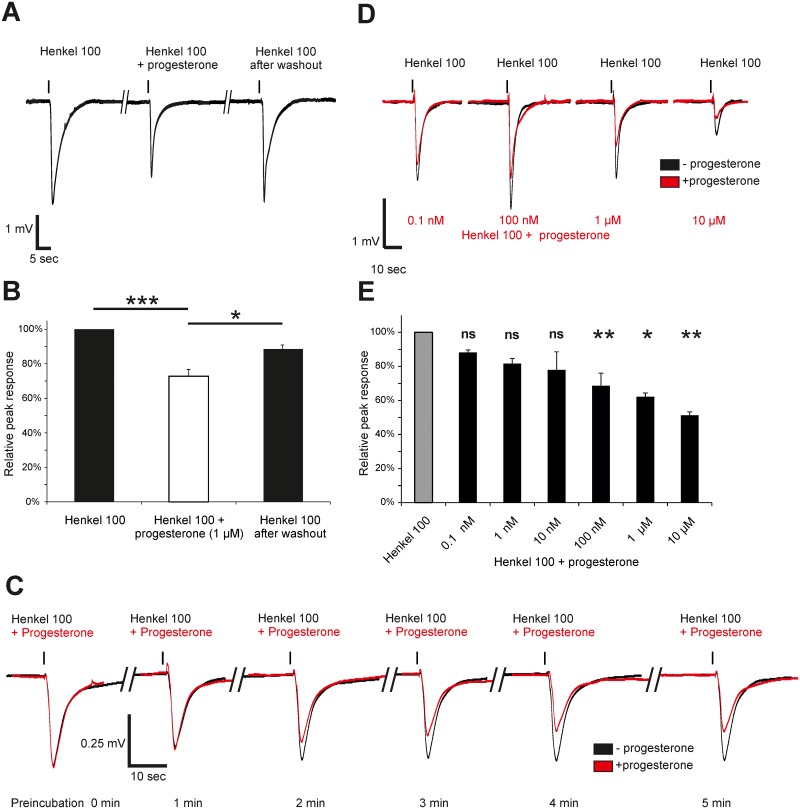Fig 3. Progesterone decreased Henkel 100-induced responses in a dose-dependent manner in the OE of female mice.
(A) Representative submerged EOG esponses to Henkel 100 (1:5,000) were recorded from the surface of the septum from female mouse OE. The first response was recorded as a control, the second response was recorded after a 4-min progesterone preincubation (1 μM) and the third response was recorded after progesterone washout. The amplitude value was decreased after application of progesterone, but recovered after progesterone washout. (B) The graph shows the relative amplitude of the response to Henkel 100, Henkel 100 after progesterone preincubation and after progesterone washout. The response was significantly decreased after preincubation with 1 μM progesterone to 72.8 ± 3.6%, but it recovered to 90.8 ± 2.3% of the starting value after progesterone washout (n = 8). (C) Representative submerged EOG measurements of the responses to Henkel 100 (1:5,000) recorded from the surface of the septum of female mice during (red) and without progesterone (black) incubation. After 2 min of progesterone preincubation, the response decreased. After 3–4 min of preincubation, the response was maximally decreased. (D) Representative submerged EOG responses to Henkel 100 (1:5,000) under control conditions (black) and 4 min after progesterone preincubation at different concentrations (red). (E) Relative reduction in peak response to Henkel 100 after progesterone preincubation at different concentrations (0.1 nM: 11.9 ± 2.1% (n = 3), 1 nM: 18.4 ± 3.1% (n = 3), 10 nM: 22.0 ± 11.4% (n = 4), 100 nM: 31.4 ± 7.3% (n = 4), 1 μM: 37.9 ± 2.2% (n = 4), and 10 μM: 48.8 ± 2.1% (n = 4)). Progesterone reduced the peak response in a dose-dependent manner. Significant data are labeled: *p ≤ 0.05, **p ≤ 0.01 and ***p ≤ 0.001.

